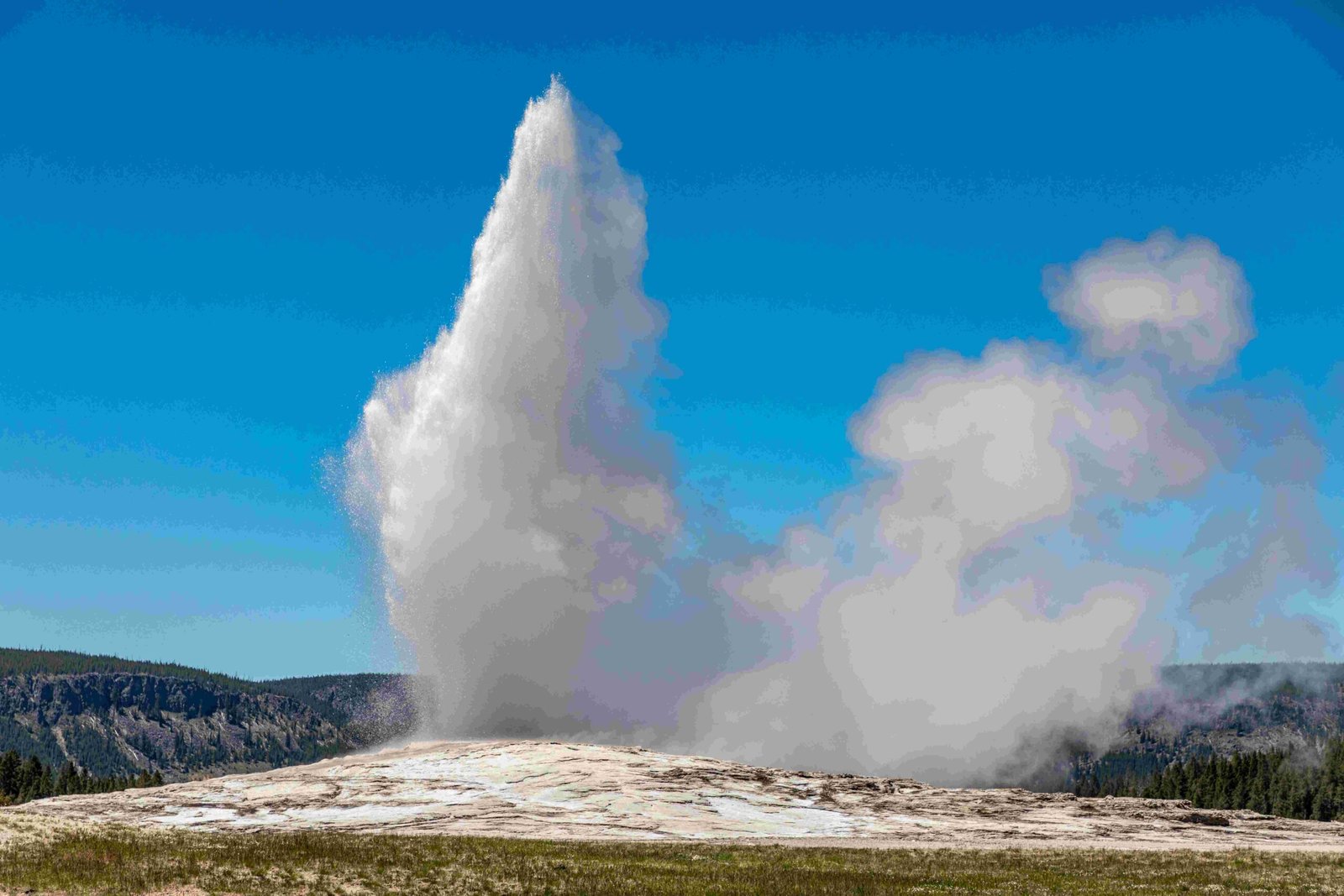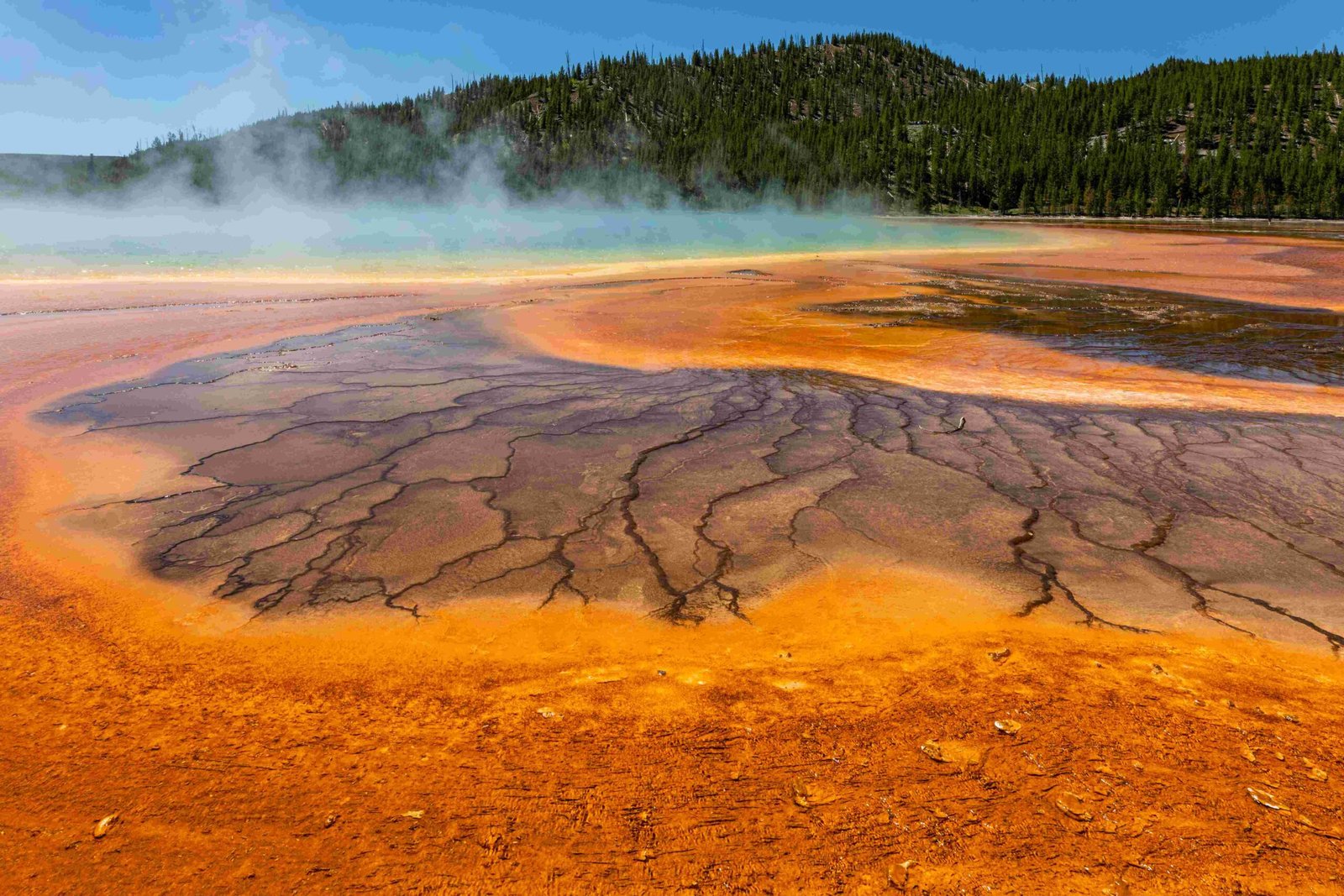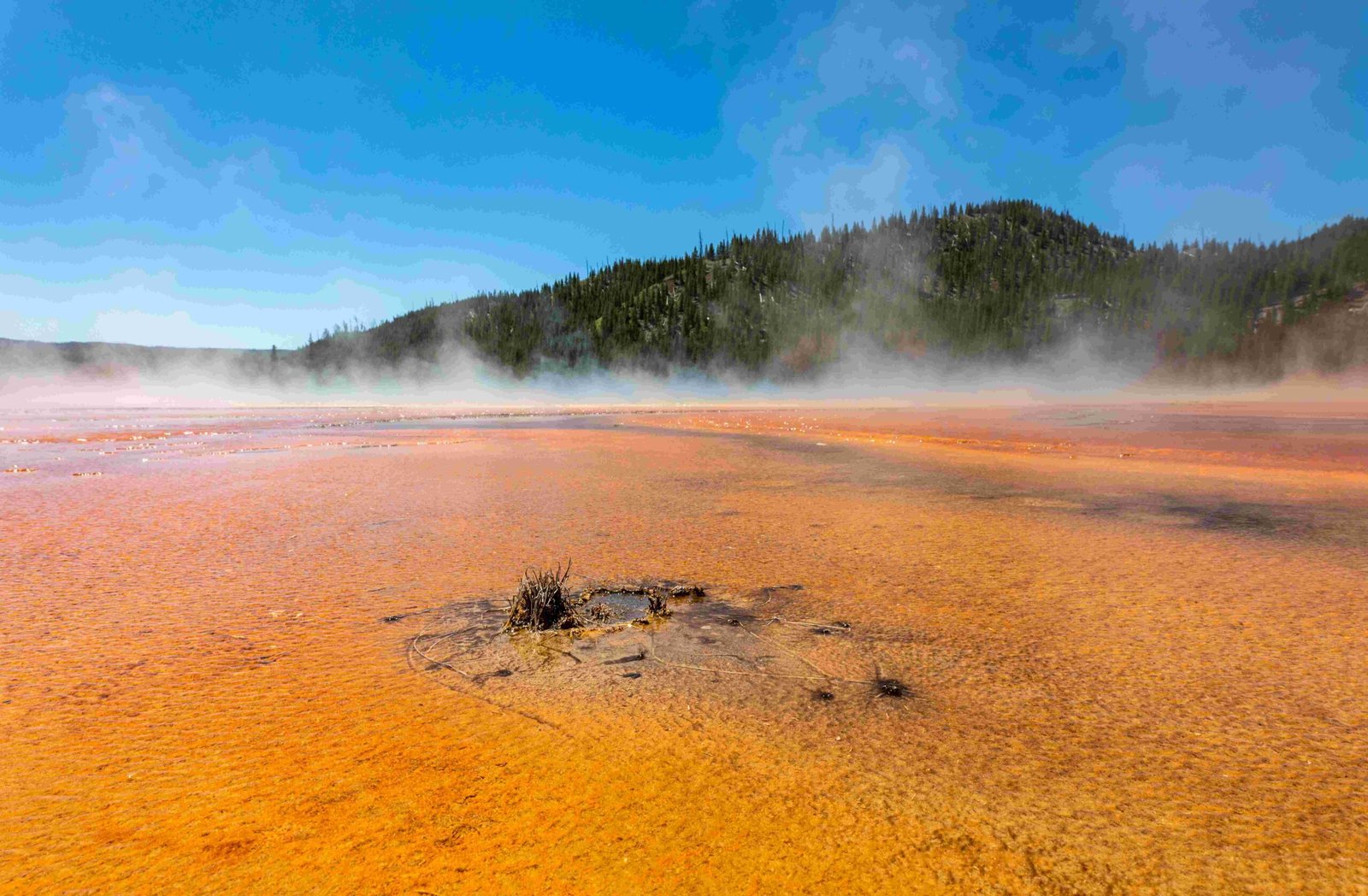Yellowstone National Park, established on March 1, 1872, holds the distinction of being the world’s first national park. This vast wilderness, spanning 2.2 million acres across Wyoming, Montana, and Idaho, is renowned for its diverse ecosystems, abundant wildlife, and unique geothermal features. As the pioneer of the national park concept, Yellowstone has played a crucial role in shaping global conservation efforts and inspiring the creation of protected areas worldwide.
What is the Historical Significance of Yellowstone as the First National Park?

Yellowstone’s designation as the first national park marked a pivotal moment in conservation history. It represented a groundbreaking shift in how governments approached land management and preservation. Here are key aspects of its historical significance:
- Precedent Setting: Yellowstone set the standard for future national parks, not just in the United States but globally.
- Conservation Model: It established a model for preserving natural landscapes and ecosystems for public enjoyment and scientific study.
- Cultural Preservation: The park also protected areas of cultural significance to Native American tribes.
- Public Land Concept: It introduced the idea that certain lands should be held in public trust for future generations.
Timeline of Yellowstone’s Establishment
| Year | Event |
|---|---|
| Pre-1800s | Native American tribes inhabit and use the Yellowstone area |
| 1807 | John Colter becomes one of the first Europeans to explore the region |
| 1860s | Formal expeditions begin to document Yellowstone’s wonders |
| 1871 | Hayden Expedition provides crucial documentation and images |
| 1872 | Yellowstone National Park Act signed by President Ulysses S. Grant |
How Did Early Explorers Contribute to Yellowstone’s Establishment?

The contributions of early explorers were instrumental in bringing Yellowstone’s wonders to public attention:
- John Colter: A member of the Lewis and Clark Expedition, Colter’s accounts of the area’s geothermal features were initially dismissed as fantastical.
- Jim Bridger: This mountain man’s stories of Yellowstone’s marvels, though often exaggerated, sparked interest in the region.
- Washburn-Langford-Doane Expedition: This 1870 expedition provided detailed accounts and measurements of Yellowstone’s features.
- Ferdinand Hayden: Led the 1871 geological survey that was crucial in convincing Congress to establish the park.
What Unique Geothermal Features Define Yellowstone?
Yellowstone’s geothermal features are among its most distinctive and famous attributes:
- Geysers: Over 500 active geysers, including the iconic Old Faithful.
- Hot Springs: Colorful pools like the Grand Prismatic Spring, known for its rainbow-like hues.
- Mud Pots: Bubbling mud pools created by acidic water breaking down surrounding rock.
- Fumaroles: Steam vents that release hot gases from underground.
These features are powered by the Yellowstone Caldera, a massive underground volcanic system.
How Has Wildlife Conservation Evolved in Yellowstone?
Wildlife conservation in Yellowstone has undergone significant changes since the park’s establishment:
- Early Challenges: Initially, the park struggled with poaching and predator control policies.
- Bison Protection: Efforts to protect the park’s bison herd from extinction began in the early 1900s.
- Predator Reintroduction: The controversial but ecologically significant reintroduction of wolves in 1995.
- Ecosystem Management: Shift towards managing Yellowstone as part of a larger ecosystem, the Greater Yellowstone Ecosystem.
Key Wildlife Species in Yellowstone
- Bison
- Elk
- Grizzly Bears
- Wolves
- Pronghorn
- Bighorn Sheep
What Role Does Yellowstone Play in Modern Conservation Efforts?
Yellowstone continues to be at the forefront of conservation:
- Research Hub: The park serves as a living laboratory for scientific research on ecosystems, wildlife, and geology.
- Climate Change Studies: Yellowstone is a crucial site for studying the impacts of climate change on high-altitude ecosystems.
- Visitor Education: Millions of visitors annually learn about conservation and natural history through the park’s programs.
- International Influence: Yellowstone’s management practices influence park management globally.
How Has Tourism Shaped Yellowstone’s Development?
Tourism has been integral to Yellowstone’s development and preservation:
- Early Infrastructure: The development of roads, lodges, and visitor facilities in the late 19th and early 20th centuries.
- Balancing Act: Ongoing efforts to balance visitor access with ecosystem protection.
- Economic Impact: Tourism provides significant economic benefits to surrounding communities.
- Evolving Visitor Experience: From early stagecoach tours to modern eco-tourism and wildlife watching.
What Challenges Does Yellowstone Face in the 21st Century?
As Yellowstone enters its second century as a national park, it faces several challenges:
- Climate Change: Altering ecosystems, wildlife habitats, and geothermal activity.
- Overcrowding: Managing increasing visitor numbers without damaging the park’s resources.
- Wildlife Management: Balancing wildlife populations with available habitat and human interests.
- Invasive Species: Combating non-native plants and animals that threaten native ecosystems.
- Funding: Securing adequate funding for maintenance, research, and conservation efforts.
Yellowstone National Park, as the world’s first national park, continues to play a pivotal role in global conservation efforts. Its unique geothermal features, diverse wildlife, and stunning landscapes make it not just a natural wonder, but a living testament to the importance of preserving our natural heritage for future generations.

